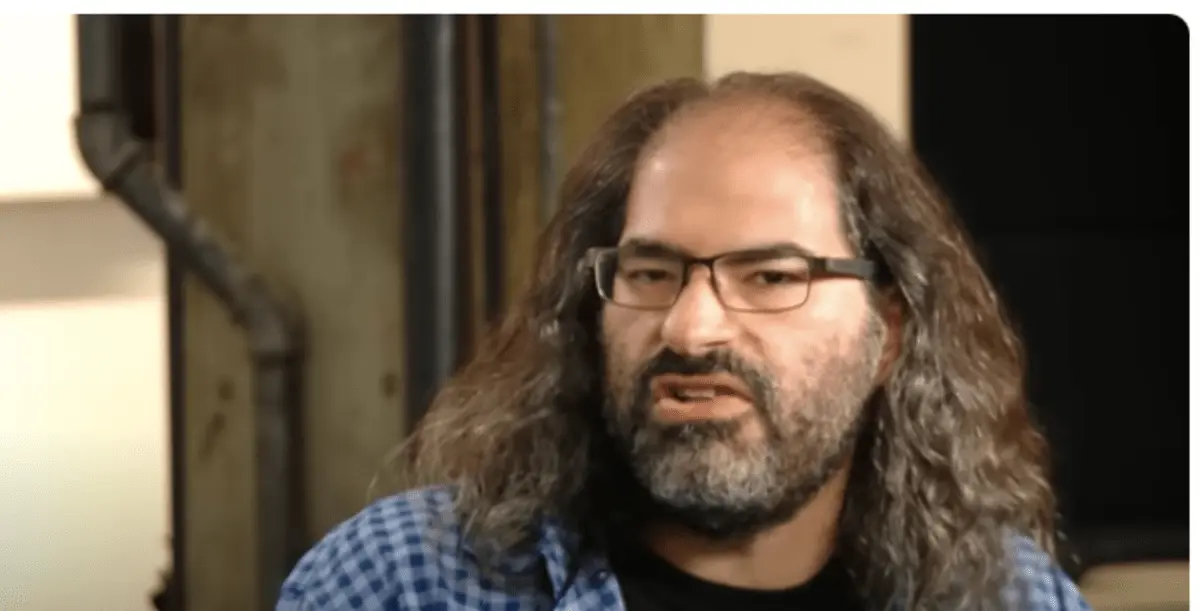The debate over Ripple, the XRP Ledger (XRPL), and the potential inclusion of XRP in a U.S. crypto reserve continues to gain traction. Accusations of centralization have recently fueled the conversation, sparking a heated exchange of views within the cryptocurrency community.
Critics, particularly Bitcoin supporters, remain skeptical about Ripple’s structure and influence, with some alleging that the company wields excessive control over the XRPL.
Also Read: Ripple’s Legal Chief to Discuss Crypto Regulation and Future Plans at XRP Community Day
Accusations of Centralization
Pierre Rochard, Vice President of Research at Riot Platforms, has been one of Ripple’s most vocal critics. During recent remarks, Rochard asserted Ripple’s technical capability to break escrow controls while potentially minting trillions of new XRP tokens through software modifications.
Rochard believes Ripple maintains too much power within the XRPL, making it decentralized and exposing weakness to the entire ecosystem. Rochard indicated Ripple’s decentralization story hides behind a false face since he claimed complete control belongs to Ripple and its related companies.
Users within Bitcoin circles share Rochard’s perception that Ripple’s involvement with the XRPL conflicts with the decentralized values that cryptocurrency promotes.
Ripple’s Defense of Decentralization
Chief Technology Officer David Schwartz from Ripple used the platform’s decentralized features as a response to address the accusations. According to Schwartz, the XRPL utilizes a consensus algorithm that ensures a universal transaction agreement without proof-of-work mining requirements.
This consensus mechanism, he explained, operates every five seconds to resolve potential double-spend issues. Schwartz explains that XRPL validators do not receive payment since compensation removal prevents system control or dishonest conduct.
Suggestions for changes must move through the XRPL from anyone, but validators need agreement before enacting these changes. According to Schwartz, decentralized governance limits unilateral action at Ripple due to the multiple stakeholders needing to approve XRPL changes.
Schwartz also dismissed concerns about forks and supply manipulation, pointing out that, much like Bitcoin, anyone could theoretically fork the XRPL software. However, such actions would only apply to those who adopt the altered code, which he stated is a characteristic of all decentralized systems.
Governance and Security
Schwartz emphasized that XRPL validators are not part of its governance mechanism; instead, governance is enforced through the rules followed by nodes in the network. Good validators, he explained, naturally gain recognition, while bad validators are quickly excluded.
The XRPL’s design prioritizes efficiency, speed, and censorship resistance, distinct from proof-of-work systems like Bitcoin.
Conclusion
The ongoing debate highlights the polarizing views within the crypto industry regarding Ripple’s role in the XRPL. While critics like Rochard argue that Ripple’s influence contradicts decentralization, Ripple’s leadership maintains that XRPL’s consensus algorithm ensures a truly decentralized ecosystem.
As discussions around XRP’s potential inclusion in a U.S. crypto reserve intensify, the scrutiny over Ripple’s governance and control will likely persist.
Also Read: Massive XRP Crash: Here is What Happened
